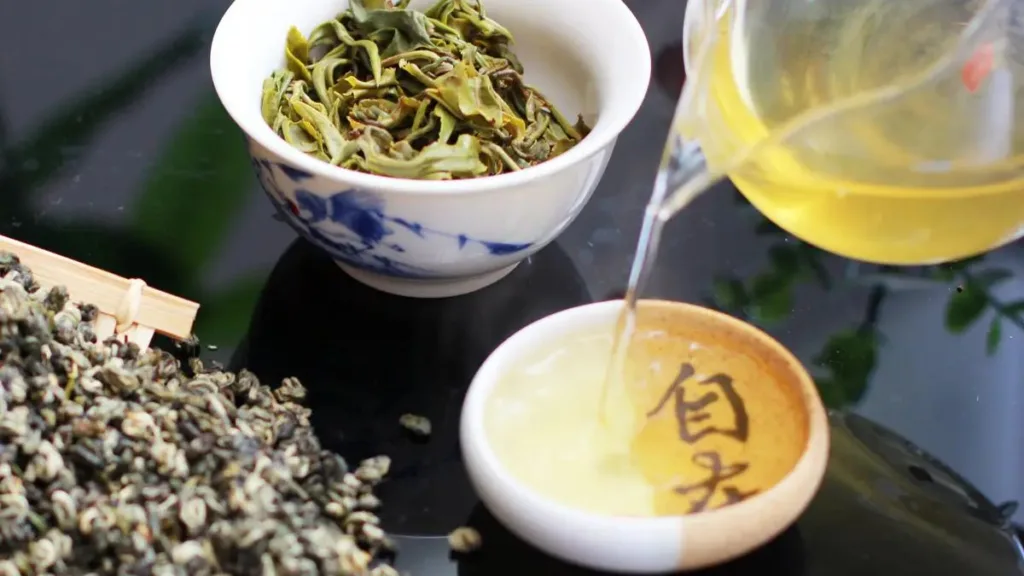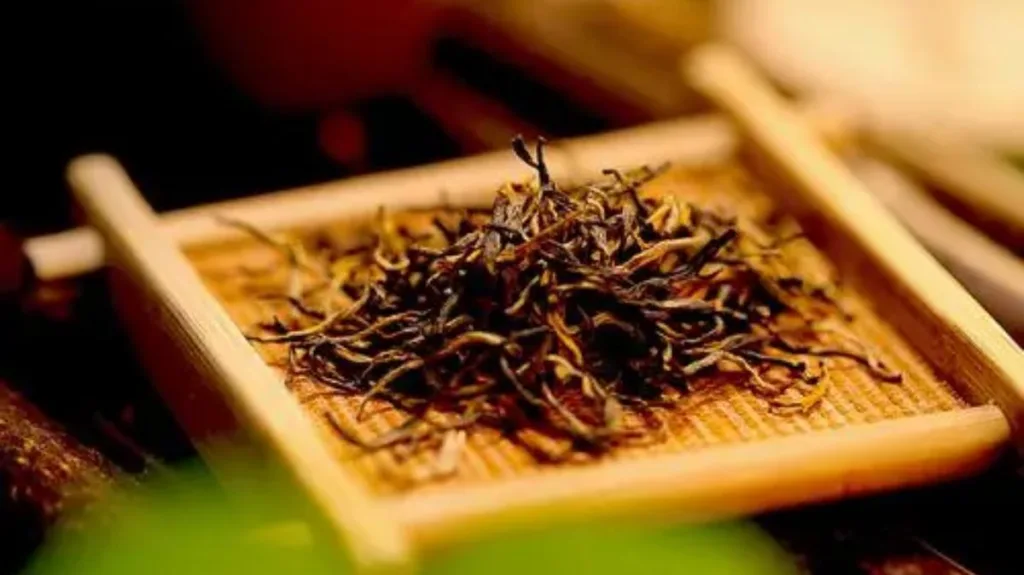The core question revolves around the preparation of green tea: should the first pot of Chinese green tea be discarded or consumed? This debate stems from differing viewpoints, each with its rationale.
The first perspective advocates for drinking the initial brew of green tea without discarding it. This viewpoint argues that the essence and delicate flavors of green tea are concentrated in the initial three to four infusions. Discarding the first brew might be seen as wasteful, as it neglects the appreciation of the tea’s full aroma and taste.
The opposing viewpoint suggests pouring out the first brew of green tea. This perspective primarily concerns health and safety considerations, which are not explicitly outlined here. As a tea enthusiast, the author aligns more with this viewpoint. Most commonly consumed green teas are ordinary variants, and the truly premium ones, such as the delicate and scarce Mingqian Longjing, possess exceptional purity and freshness with a hefty price tag. Therefore, discarding the initial brew of such teas is akin to pouring away valuable resources rather than mere tea leaves.
This stance is supported by three key reasons:
Firstly, hygiene and health concerns are paramount. Despite the relatively simple production process of green tea, various tea-making tools are employed during the preparation of tea leaves. For instance, hand-frying in high-temperature iron pans during the tea-making process can leave residues. Additionally, factors like packaging and transportation may expose the tea leaves to external elements, leading to the accumulation of dirt, dust, or other impurities on the surface. Most modern tea gardens use bio-pesticides, and rinsing the tea leaves with hot water for the first infusion aids in removing some pesticide residues and heavy metals that dissolve easily in hot water.
Secondly, the concept of “waking up the tea” or ‘Xingcha’ in Chinese refers to the pre-infusion “warm-up” before the actual brewing process. Similar to warming up before exercising, the first brew serves the purpose of awakening the dormant nature of the tea leaves. This process aids in activating the tea’s flavors and preparing it for subsequent infusions.
Thirdly, the social aspect of tea-drinking is emphasized. Brewing tea isn’t merely about consumption; it fulfills social and ceremonial purposes. Rinsing the tea leaves with hot water before the actual brewing is a gesture to showcase the genuine state of the tea leaves to guests, signifying respect and preparing them for the drinking experience. It sets the stage for a communal tea-drinking ambiance.
It’s important to note that while rinsing green tea before brewing is recommended, the process should be swift and precise. Swift rinsing ensures that the valuable components of green tea are not lost during the process, as the constituents within green tea dissolve rapidly in water.
In conclusion, the decision to discard or consume the first pot of Chinese green tea remains subjective and varies based on individual preferences, health considerations, and cultural practices. The practice of discarding the initial infusion stems from both health and cultural aspects, aiming to ensure the purity and safety of the tea while also enhancing the overall tea-drinking experience.



